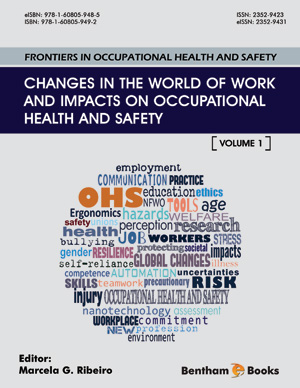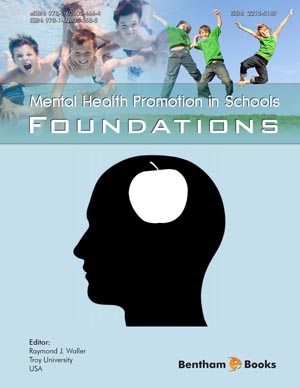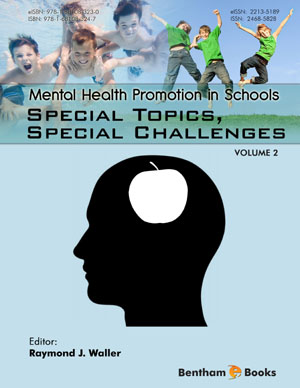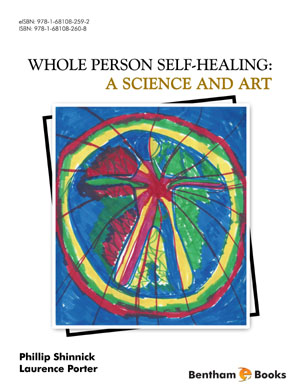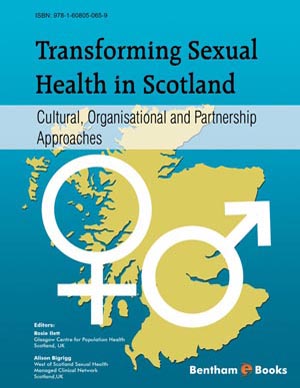Abstract
Sleep apnea has emerged as one of the leading causes of excessive daytime sleepiness and is consequently being increasingly recognized as a strong risk factor for drowsy driving and related motor vehicle accidents. Besides the morbidity associated with this, the issue also has tremendous economic implications with costs estimated to be in millions of dollars annually. Studies demonstrate that continuous positive airway pressure (CPAP) therapy is effective at predictably and consistently mitigating the risk of sleep apnea-related crashes and is also proven to be a very cost-effective strategy in reducing the financial costs. Numerous regulatory and legislative issues emerge when viewed in the context of licensure requirements for individuals with a known sleep condition, particularly from a standpoint of how best to ascertain their compliance with therapy. Issues become even more critical as well as complex when applied to the subset of drivers who operate commercial vehicles. Guidelines from expert panels are helping concerned authorities to outline a framework to license and monitor commercial motor vehicle operators







